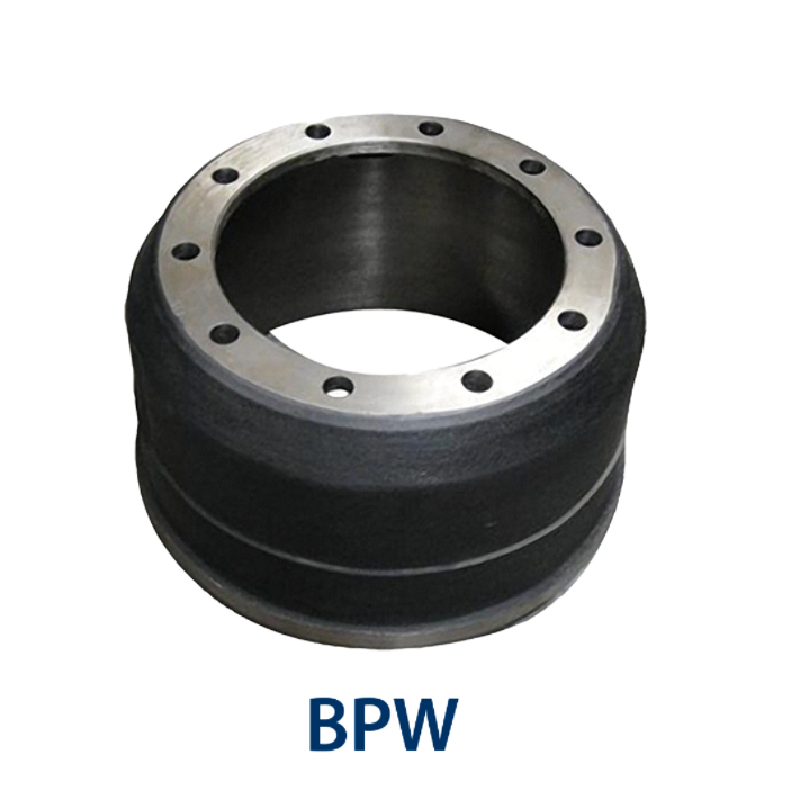Nov . 08, 2024 06:51 Back to list
Understanding the Function of a Brake Drum in Vehicle Stopping Mechanisms
Understanding the Role of the Brake Drum in Vehicle Safety
When it comes to vehicle safety, the braking system is one of the most crucial components. Among the various elements that make up this intricate system is the brake drum, a vital part that plays a significant role in ensuring that your car stops efficiently. This article delves into what the brake drum does, its components, and its importance in vehicle operations.
What is a Brake Drum?
A brake drum is a cylindrical component that is primarily found in drum brake systems. These systems are commonly used in the rear wheel assemblies of many vehicles, although they can also be found in the front wheel assemblies of some older cars and trucks. The brake drum is typically made from cast iron or aluminum and is designed to withstand high temperatures and resist warping due to heat generated during braking.
How Does the Brake Drum Work?
The operation of a brake drum involves a few key components the brake drum itself, brake shoes, and the wheel cylinder. When the driver presses the brake pedal, hydraulic fluid is sent to the wheel cylinder located within the brake assembly. This action forces the brake shoes against the inside walls of the rotating brake drum.
The friction generated between the brake shoes and the drum slows the wheel's rotation, ultimately reducing the vehicle's speed or bringing it to a complete stop. The design of the drum allows for equal force distribution, ensuring that the brake shoes make consistent contact with the drum for effective braking.
Advantages of Brake Drum Systems
what does the brake drum do

While disc brakes are becoming increasingly common, drum brakes still offer several advantages. One of the primary benefits of a brake drum is its ability to generate a significant amount of braking force from a compact design. This makes it particularly useful for heavier vehicles, which require more substantial stopping power.
Additionally, drum brakes are less susceptible to water and debris compared to disc brakes, making them more reliable in adverse weather conditions. They also tend to be quieter and can provide better braking performance under certain circumstances, particularly in low-speed situations.
Maintenance and Longevity
Like any mechanical component, brake drums require regular maintenance to ensure optimal performance. Over time, brake shoes can wear down, leading to reduced braking efficiency or brake fade. If the drum becomes warped or damaged, it may need to be resurfaced or replaced altogether.
Routine inspections of the braking system, including the brake drum, are essential. Mechanics often check for any signs of wear and tear, such as scoring or grooves on the drum's surface, which can indicate that the drum needs servicing. Keeping your braking system in good condition not only enhances safety but also prolongs the lifespan of the vehicle.
Conclusion
The brake drum may be a component that often goes unnoticed, but its role in vehicle safety cannot be overstated. It is a critical part of the braking system, contributing to the vehicle's ability to stop efficiently and safely. Understanding how the brake drum works and the maintenance it requires can help vehicle owners take better care of their vehicles, ensuring a safer driving experience. By appreciating the mechanics of your brake system, including the vital brake drum, you are better equipped to tackle any issues that may arise and keep your vehicle in excellent condition. In the world of automobiles, knowledge is as important as the parts themselves—especially when it comes to something as crucial as braking.
-
ROR Web Development: Build Fast, Scalable, Secure Apps
NewsAug.17,2025
-
Scania Brake Drums: OEM Quality for Optimal Safety & Durability
NewsAug.16,2025
-
R.V.I: Advanced Remote Visual Inspection for Precision
NewsAug.15,2025
-
Discover HYUNDA: Innovative Vehicles, Equipment & Solutions
NewsAug.14,2025
-
R.V.I: Unlock Advanced Insights & Real-time Performance
NewsAug.13,2025
-
Kamaz Brake Drum: Durable & Reliable for Heavy Duty Trucks
NewsAug.12,2025
